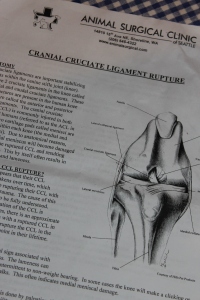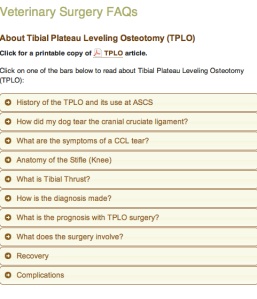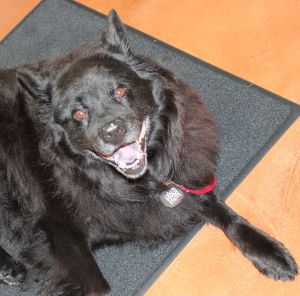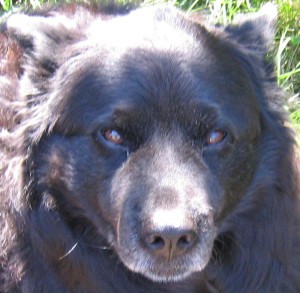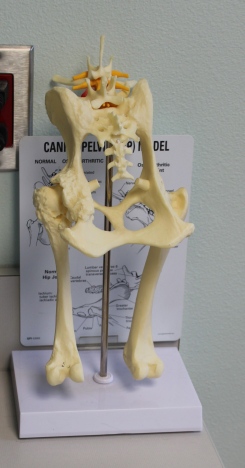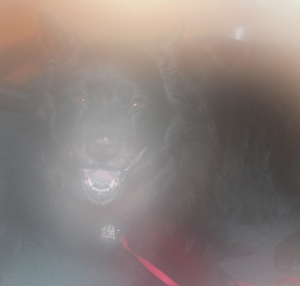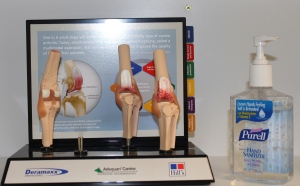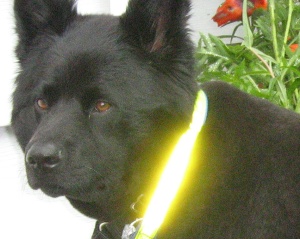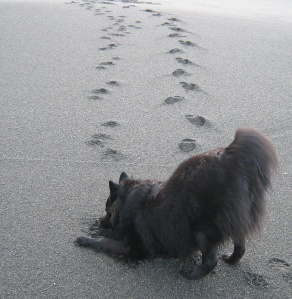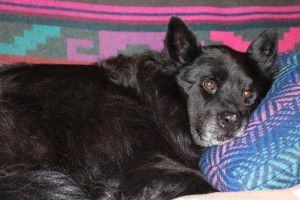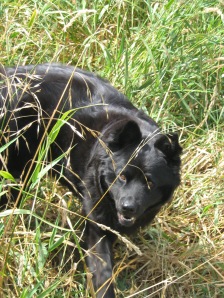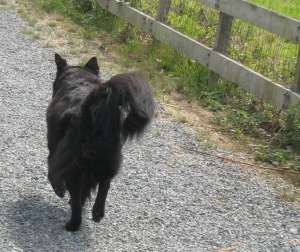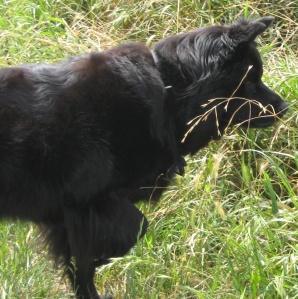So, back to the subject of my dog Luna and her TPLO (Tibial Plateau Leveling Osteotomy) surgery performed on July 26, 2012. I hoped the procedure would return function to her right rear leg, which had a ruptured cranial cruciate ligament. Luna had become a three-legged dog, holding her injured leg in the air as she hobbled about. Hopefully the surgery would render her a four-legged once again.
Deciding to do the surgery was a step-by-step process of my finding answers to basic questions such as, “Can I afford this? (The estimated cost for the procedure: $3700 to $4100. Follow-up x-rays: $275 to $325. Perhaps rehabilitation fees, too.) How will I pay? Will this surgery truly help my 10 year-old doggie? How much will she suffer afterward? Do I have the ‘bandwidth’ to nurture her during her recovery immediately after the surgery and for the next six to eight weeks of healing? Can I find a top-notch, experienced surgeon and first-rate surgical facility?” And, the “the clincher”: “What does Luna want to do?”
I spent a few weeks working through these questions. I dragged my feet a bit, hoping against all the odds that Luna’s leg would heal on its own. It did not.
I set up an appointment for a surgical consultation, which included the surgeon reviewing Luna’s x-rays on a light box, observing her walk, and covering all of the details related to the surgery, including preparing my house for her recovery, “prep-ing” her for the surgery, picking her up after the surgery, and then managing her recovery. He said that Luna was an excellent candidate for a TPLO and that it could improve her quality of life. (The links are to the vet’s website, which I studied carefully.)
He also mentioned that she needed to lose weight. He was correct, of course. But I had no idea at the time exactly how serious her weight problem was and just how it would impact her recovery.
As suggested, I bought area rugs and laid them on the kitchen and dining room floors, the rooms that she would be confined to for weeks during recovery. The rugs would prevent her from slipping on bare floors. I bought “baby gates” at GoodWill to limit her travels about the house. I arranged to take a few days off work so that I could be with her during the days immediately after the surgery.
And, my final step in the process was to search the web for and to check out books from the library about communicating with animals. I talked out loud with Luna and also tried my version of telepathy with her. I’m not sure how successful I was… All I can say is that despite her painful leg and her limited mobility, Luna seemed energetic, alert, engaged, and connected with me. She seemed “up for it.”
So, no food after midnight the night before the surgery. Allow her to pee and poop in the morning. Deliver her to the clinic between 8 a.m. and 9 a.m. And then start envisioning a smooth procedure and a good outcome. (The last being my idea, not the vet’s suggestion.)
Thus began what would become a completely absorbing experience.

